
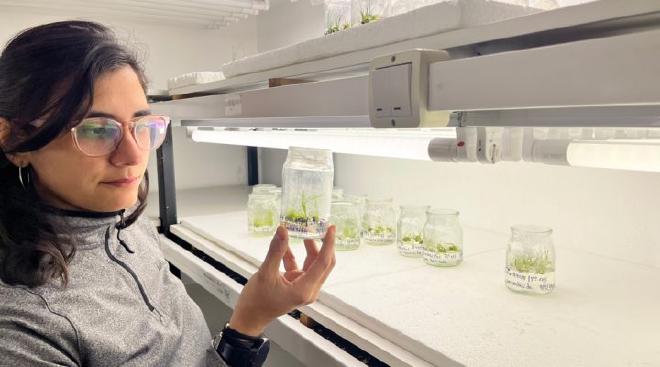
The project by CONICET scientists could be a starting point for innovations in the beer industry and an increase in the quality of a crop also used as a fodder resource for animal feed.
The research was launched by work carried out at the Center for Photosynthetic and Biochemical Studies (CEFOBI, CONICET-UNR), in which the OsttaSBE gene from the algae O. tauri was transferred to the genome of Arabidopsis thaliana, a plant used as a model in plant genetic experiments. This generated genetically modified Arabidopsis specimens with higher starch content, more fermentable glucose units, and smaller starch granules. Based on these promising results, CONICET doctoral fellow Amanda Rosario Gómez Ibarra began working on how to transfer the gene from the algae to the genome of a crop of agricultural interest such as barley.
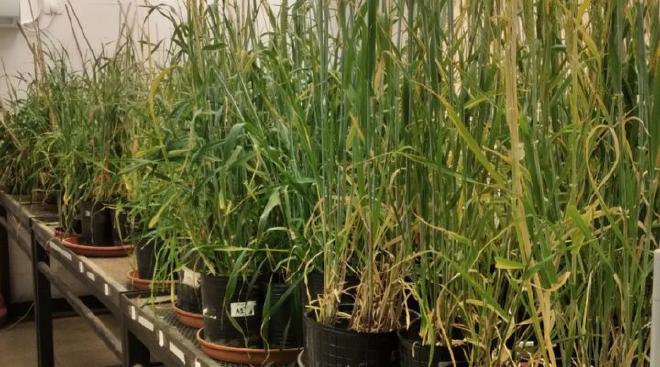
To this end, an inter-institutional group was formed, led by CONICET researchers María Victoria Busi, from CEFOBI, and Hugo Permingeat, from the Rosario Institute of Agricultural Sciences Research (IICAR, CONICET-UNR), and comprised of scientists from the Agrobiotec Platform of the Faculty of Agricultural Sciences and the Faculty of Biochemical and Pharmaceutical Sciences of the National University of Rosario (UNR). The novelty of the project is that, while transgenic barley has been developed, this is the first time this crop has been modified with algae enzymes.
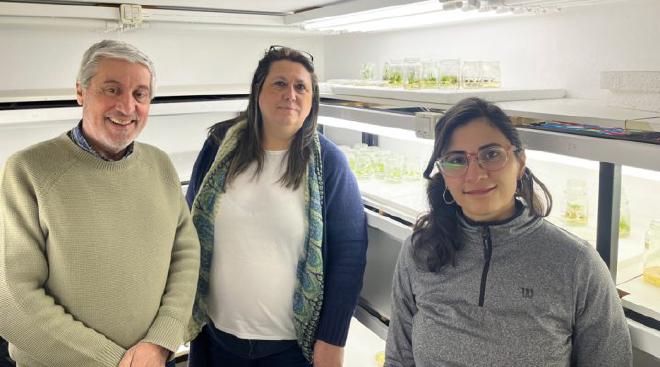
Busi explained that barley was considered because it’s a crop that has experienced significant growth in Argentina, both for the beer industry and for other agricultural uses. She also explained that to extend the trials from Arabidopsis to a crop like barley, a space with the tools for genetic transformation was needed. The chosen location was the Agrobiotec-FCA platform, managed by Permingeat.
Gómez Ibarra’s work to generate the new variants first required developing an in vitro barley culture system. The method used to introduce the algal gene into the cereal’s genome was the use of a gene gun. The algal gene was previously modified so that it would express itself only in the endosperm of the barley grain, and not in the entire plant. Once the seedlings reached an appropriate size, they were transplanted into pots and transferred to the chambers, with the goal of bringing them to maturity so their seeds could be harvested and the next generation could be analyzed.
Permingeat emphasized that not every variety of a species, in this case barley, responds favorably to the subsequent formation of in vitro culture plants . What’s interesting here is that they worked with a barley species different from the one reported in the scientific literature, which is internationally accepted— Golden Promise —and this is the variety with which this type of work is progressing. This project also considered a variety native to Argentine fields, such as Andreia. “And to our surprise, Andreia responded better than Golden Promise,” the researcher said.
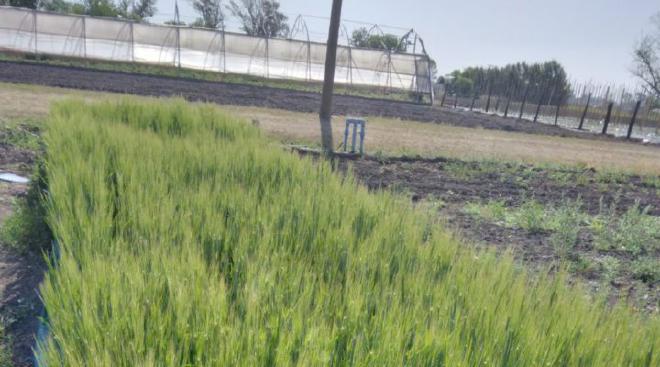
Gómez-Ibarra added that in 2024, during the International Barley Congress, this research received an award precisely because they highlighted that there is very little work focused on the industrial improvement of this crop, as most focus on increasing yields and disease resistance.
A contribution to industrial barley #
In the process of making an alcoholic beverage, the role of starch is fundamental. In this regard, Busi explained that **“starch is composed of assembled glucose chains with a complex morphology. If I can make them more flexible, I would have those glucose units available for yeast to ferment and produce alcohol. In other words, we modify the structure so that the essential substrate for making the alcoholic beverage is accessible. This is a fundamental contribution of this development, as it can ensure malting and saccharification times and allows us to regulate the flavor to obtain a better beer,” the scientist summarized.
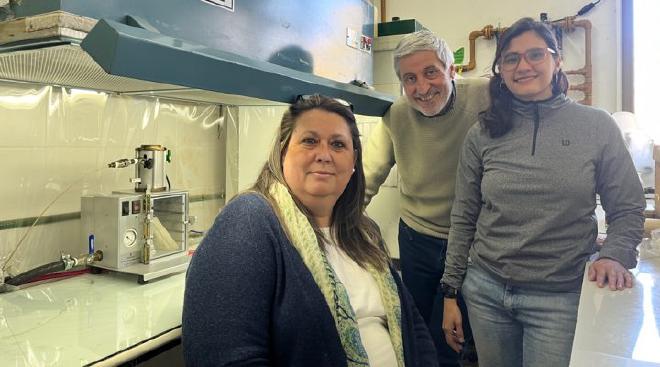
In this regard, Gómez Ibarra specified that by reducing the granule size and increasing the content of degradable starch and released glucose units, fermentation is facilitated, which would also increase malting efficiency for industrial applications.
Current state of research #
While the team recognizes that success requires a significant effort in the number of experiments, eight independent transgenic events have already been achieved. “It’s important to develop independent events and generate different lines, because in each event the transgene can reside in a different location in the genome, and this can influence its expression and, consequently, the final outcome of the project. That’s why several events that are not linked to each other are needed,” explained Permingeat. He sad that in this research, there are eight independent events whose phenotypes are being studied in their second- and third-generation offspring. “Of the eight, I can tell you today that five have a higher starch content,” the scientist stated.
Gómez-Ibarra said that “the interesting thing is that once you have the transgenic plant, you have to fix the introduced trait. In genetics, we talk about the gene being fixed, being homozygous.” This gives it stability so it can be transferred from generation to generation. “And we have found a homozygous transgenic line,” she explained.
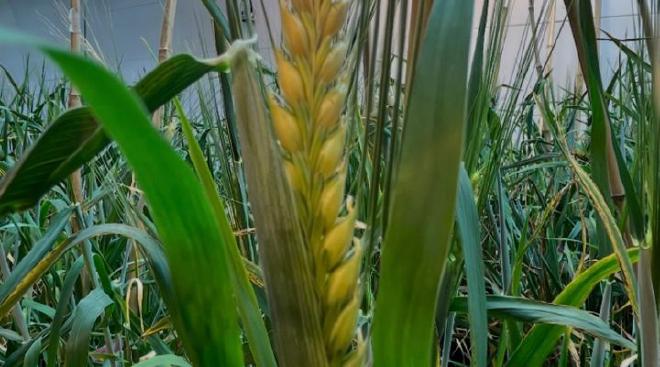
Besides, they highlighted the choice of the barley plant because it is also used as a forage resource for animal feed. Forage reserves such as silage would also be a secondary objective of this project, which is the generation of biomass that can be used for animal nutrition. “It is these same glucose units that will result in more alcohol in the case of beer production, or as livestock feed through biomass fermentation, which translates into kilos of meat or liters of milk by providing more available energy for the animal’s intake,” detailed Busi.
“We are convinced that the project’s progress is leading us to confirm our hypotheses and that each step we take confirms our initial assumptions,” sustained Permingeat, concluding: “The true success of this research lies in its reach in the Argentine countryside. For this to happen, a strategic partner must emerge that can adopt this technology.”
Data about the research #
-
From CEFOBI: María Victoria Busi, Diego Gómez Casati & Julieta Barchiesi
-
From IICAR: Hugo Permingeat, Daniel de Souza Canada & Amanda Rosario Gómez Ibarra.
Citation #
- The article Científicos del CONICET mejoran genéticamente cebada argentina con fines industriales, signed by Andrea Guereta – Área de Comunicación CONICET Rosario was published in CONICET’s website
Contact [Notaspampeanas](mailto: notaspampeanas@gmail.com)

